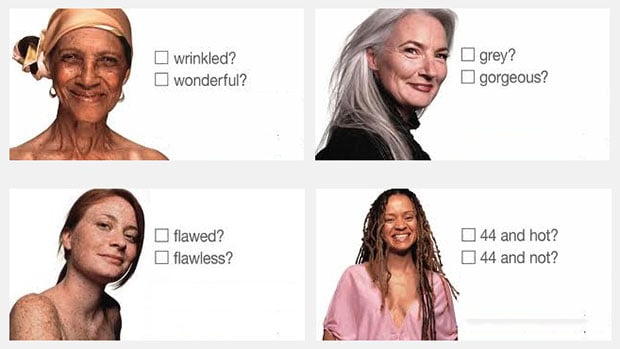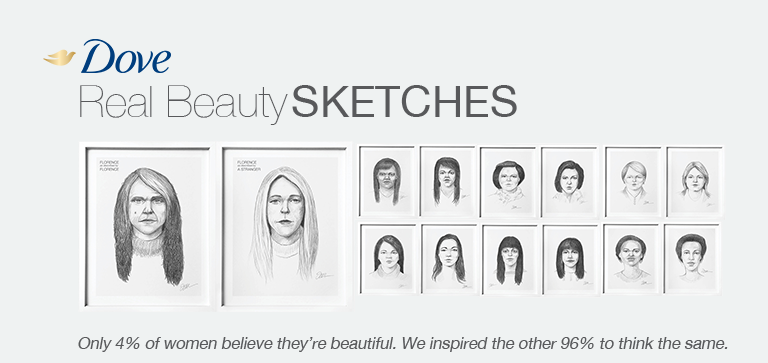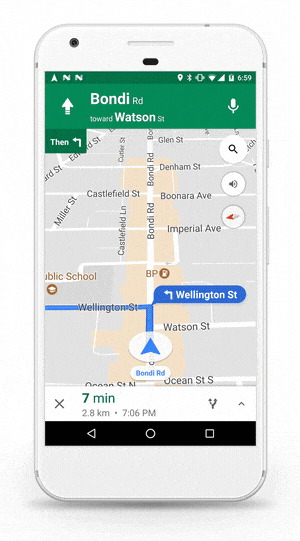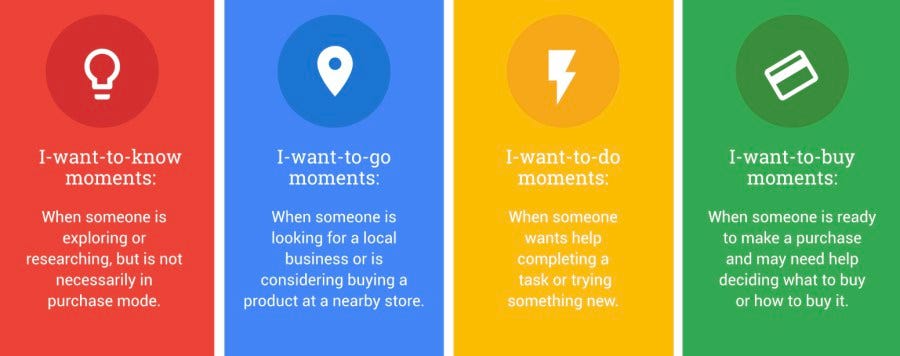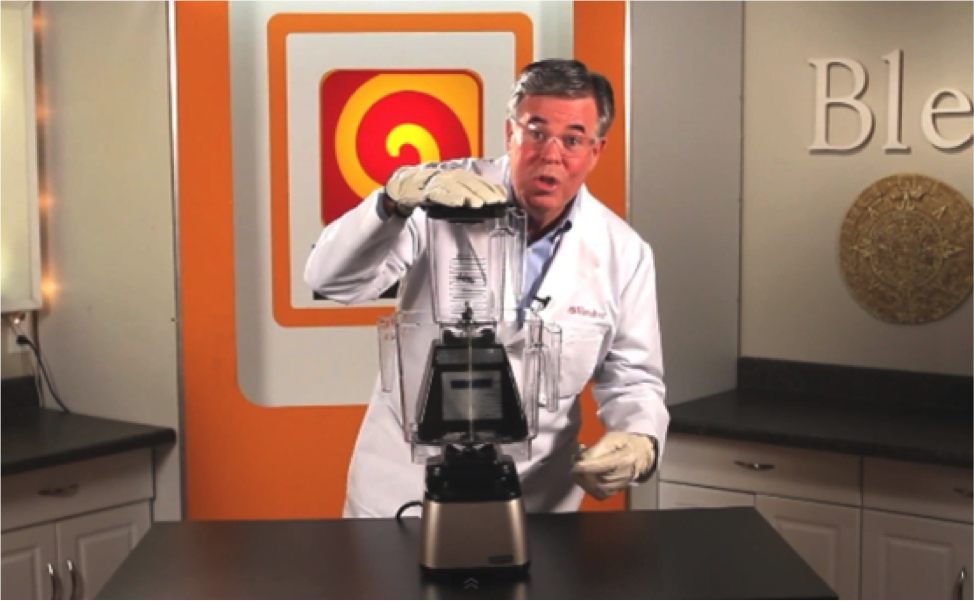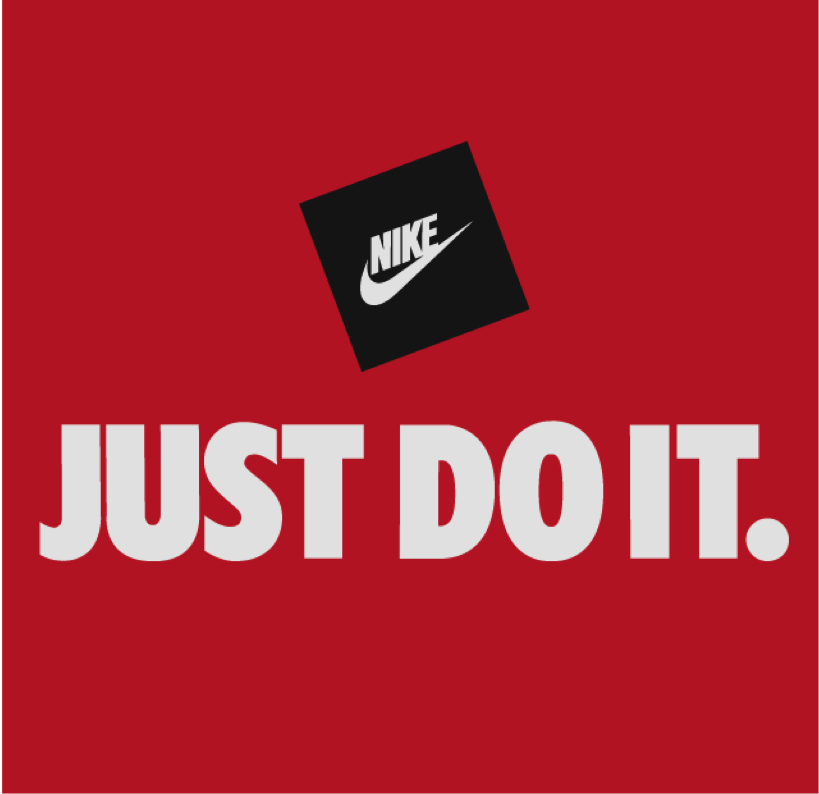Social media platforms can be a waste of time or a source of income depending on how you make use of your online presence. Some people waste a lot of time on social media while others have used the same sites to become billionaires.

Mark Ritson highlights the revolutionary nature of social media on a person to person basis, but argues that when the brands get involved, by definition they are not welcome. So further he questions, why do marketers spend so much time on social media?
Statistics show that over 1 billion people have Instagram, however only 25% of smartphone users actively use Instagram. Furthermore, Ritson stated that 66% of Australians don’t follow brands on social media and out of that left-over percentage; only 94% of those consumers follow an average of 1 brand. So how effective is social media, and is traditional media a lot more underrated than what we may realise?
Social media – Do you find yourself following brands on Instagram or Facebook? As the name suggests, social media is used for social to social contact through a digital medium… and sadly, brands are the 3rd wheel.
SO…Gone are the days of traditional advertising? The answer. NO!

We forget how much we are exposed to traditional media on a day to day basis. My journey from home to uni, without even realising I am exposed to an enormous amount of traditional media! Radio – If you’re like me, you enjoy listening to the radio on your drive to work. This is still a very effective channel of traditional marketing.
We have all heard about the famous Oreo Ad that played during the Super Bowl. The reach for this ad was 64 thousand people. Which may seem like a decent number, but in reality, 40 million Americans buy Oreos every year. That’s 0.02% of their target market that were reached.
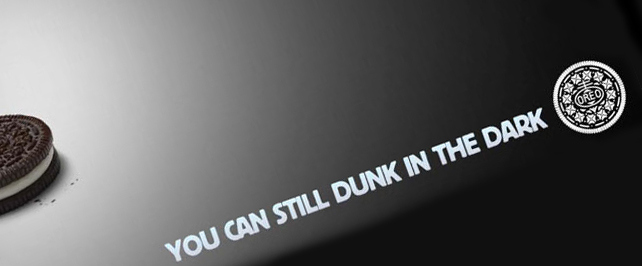
In some ways, using social media to conduct market research about your consumers is a great idea. It’s a great way to gather qualitative research- it’s basically a giant digital focus group. However, marketers seem to be spending more on these platforms, even though it may not work for their brand. Why? Because everyone else is doing it!
THE POWER OF CONFORMITY!
I personally believe traditional marketing is still alive. However, it’s just not as popular because marketers believe social media is the way to advertise in this digital age. All I can say is if a company wants to establish a creative impact, traditional mediums are important to consider. They have the reach, create the impact and build the value for a brand. Therefore – marketers, don’t forget about the basics. Social media marketing is good for some things, but businesses should not solely rely on it as their only marketing strategies.
Do you think traditional marketing is becoming outdated? Or is it still just as relevant today even with the presence of social media?




